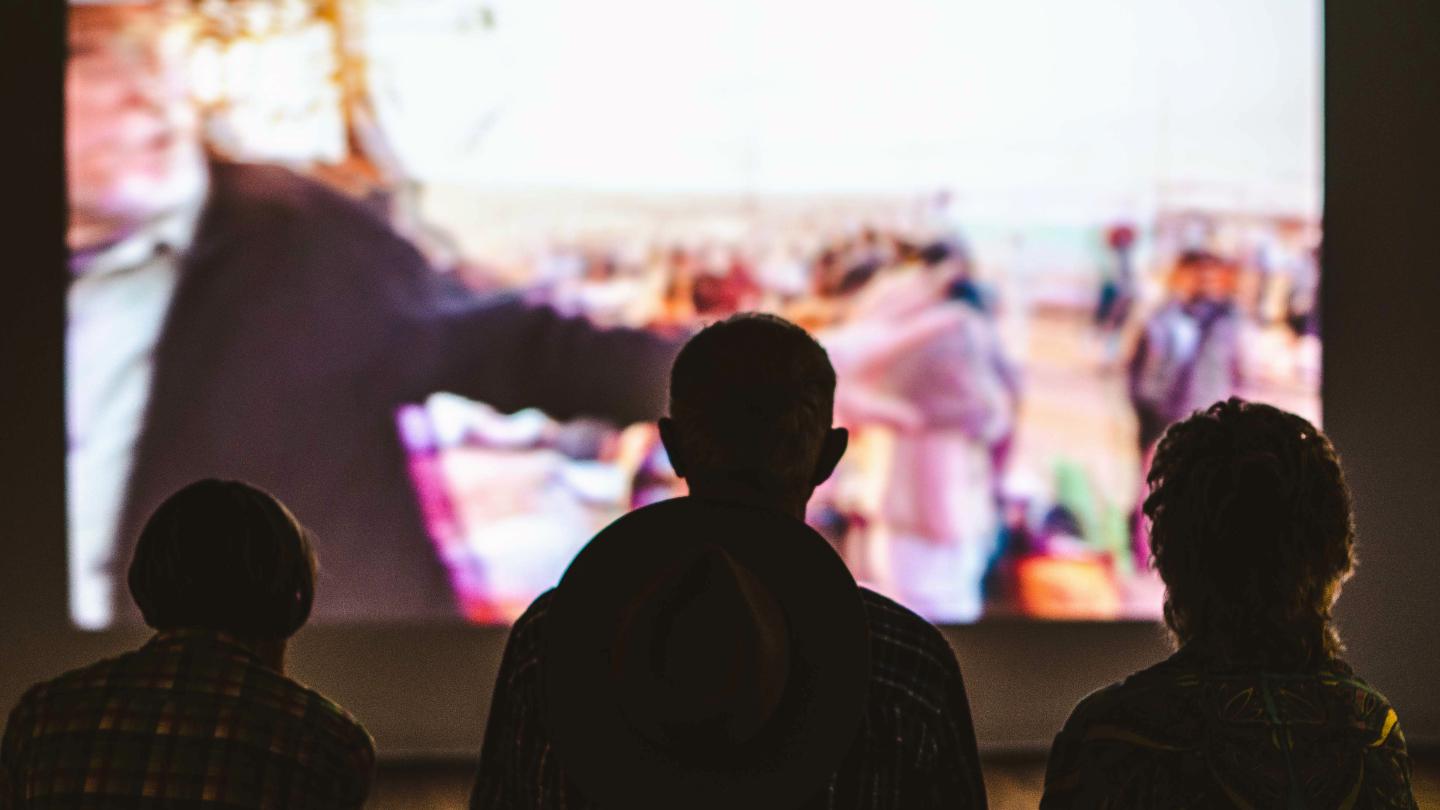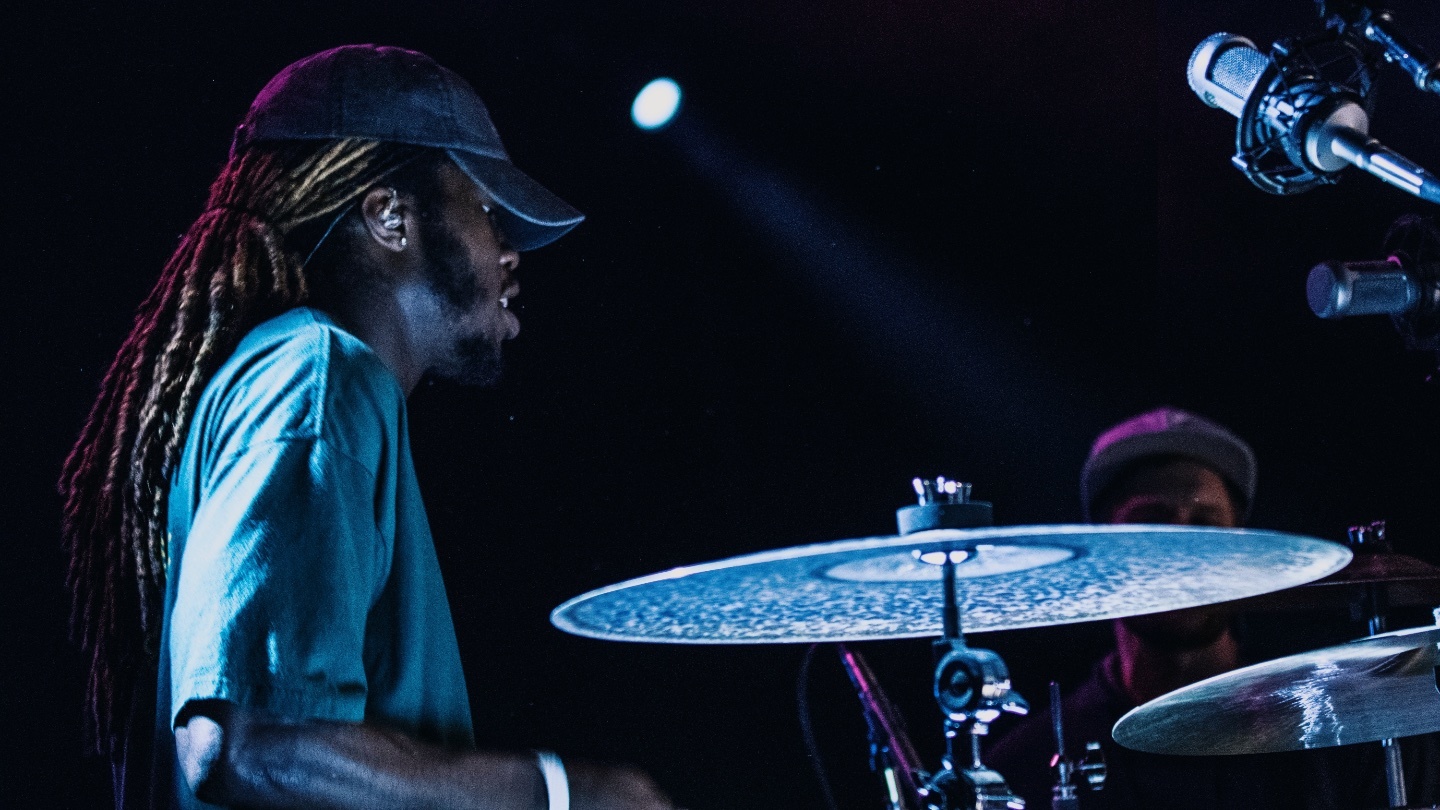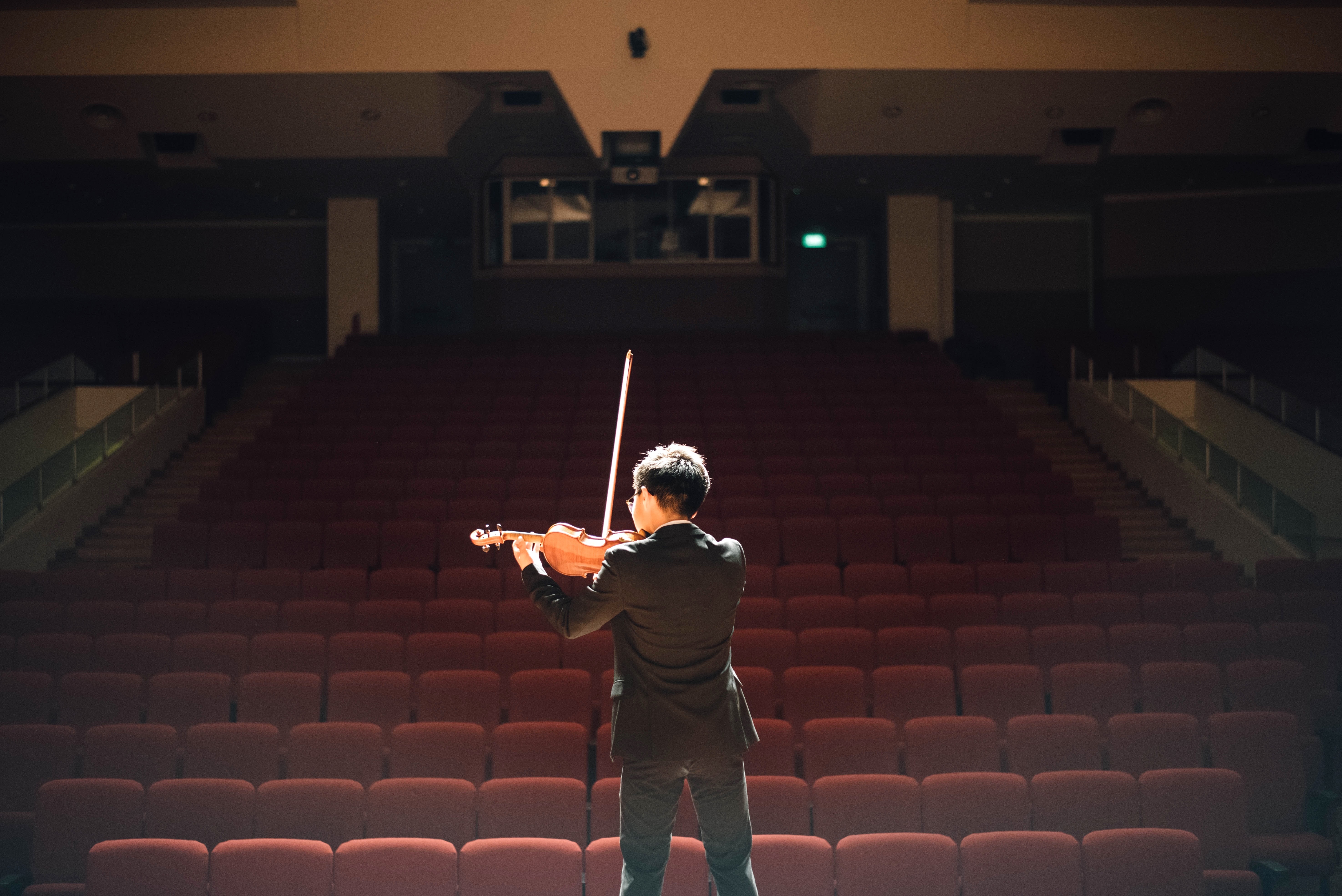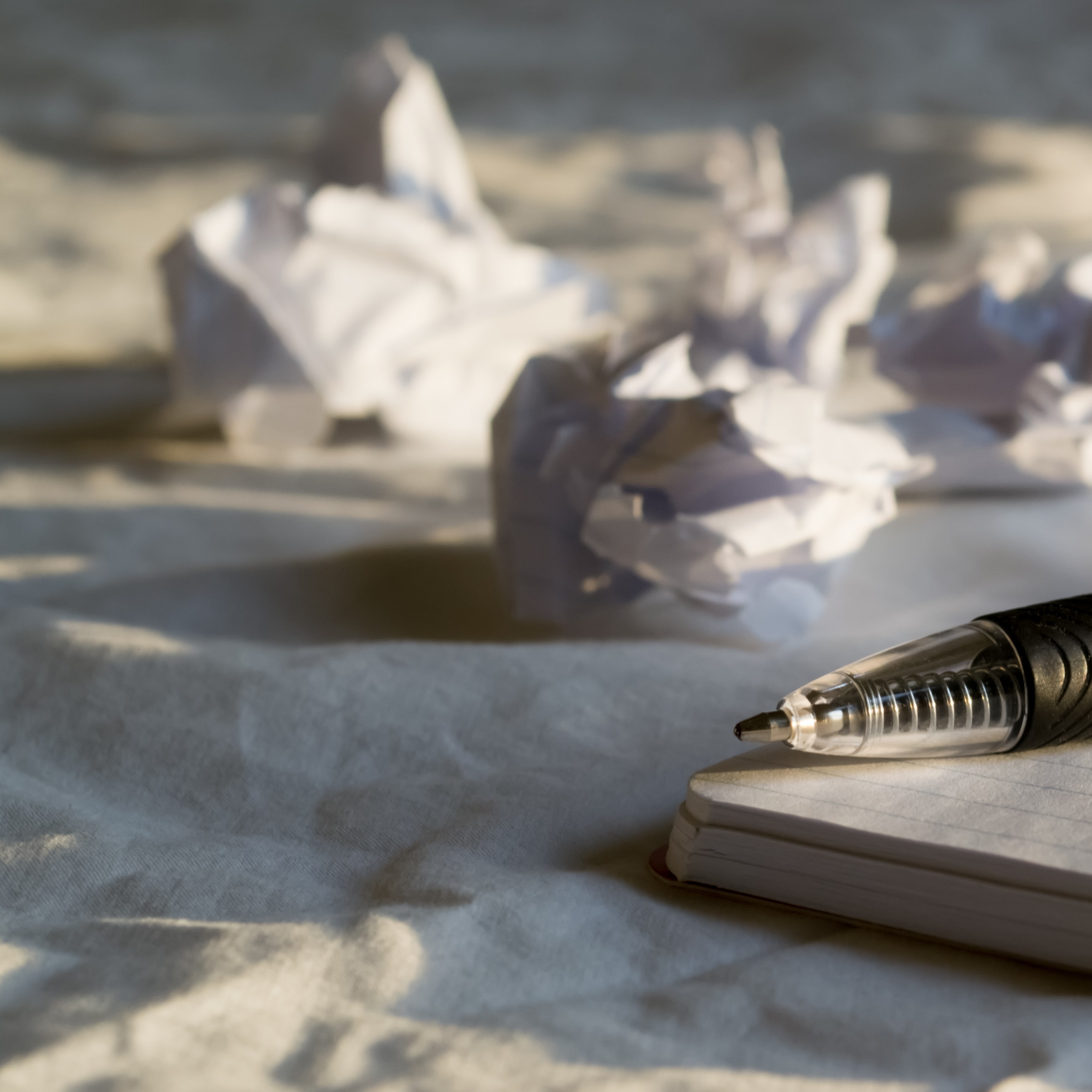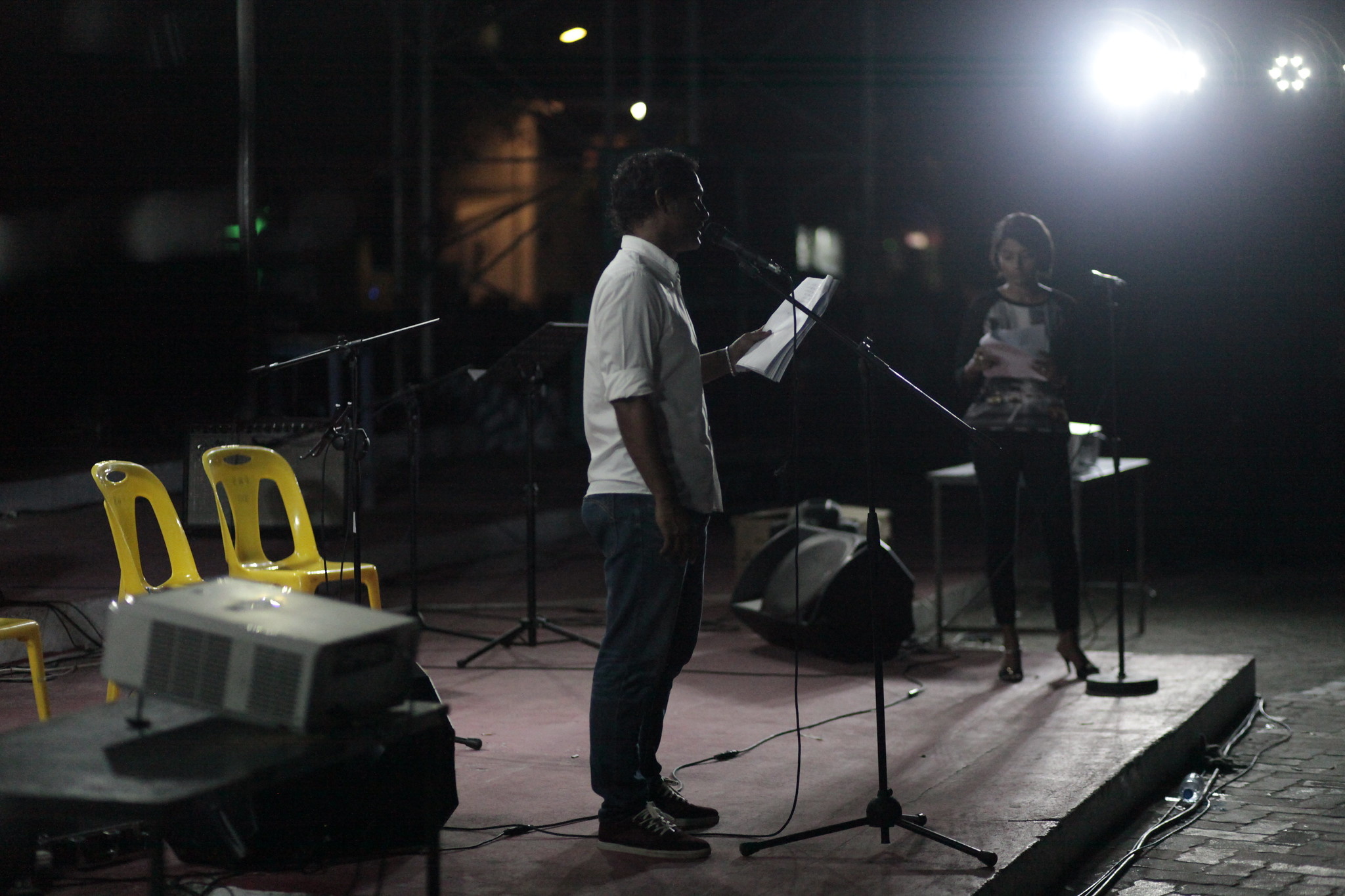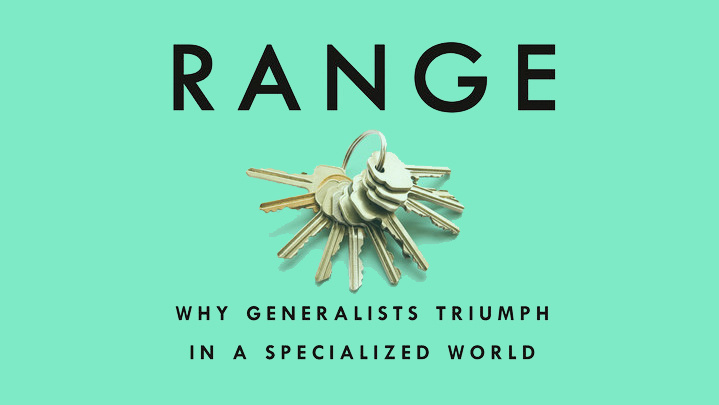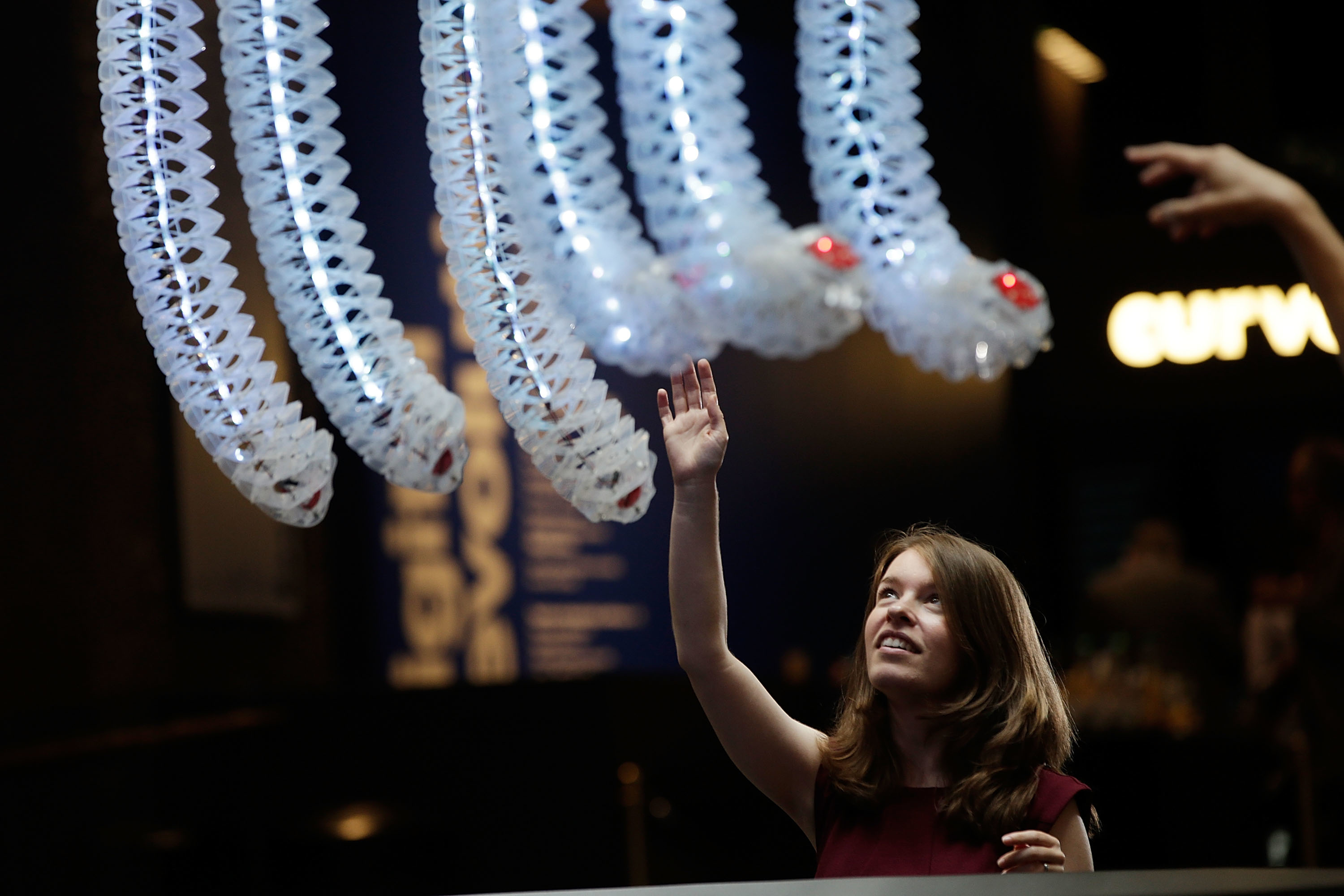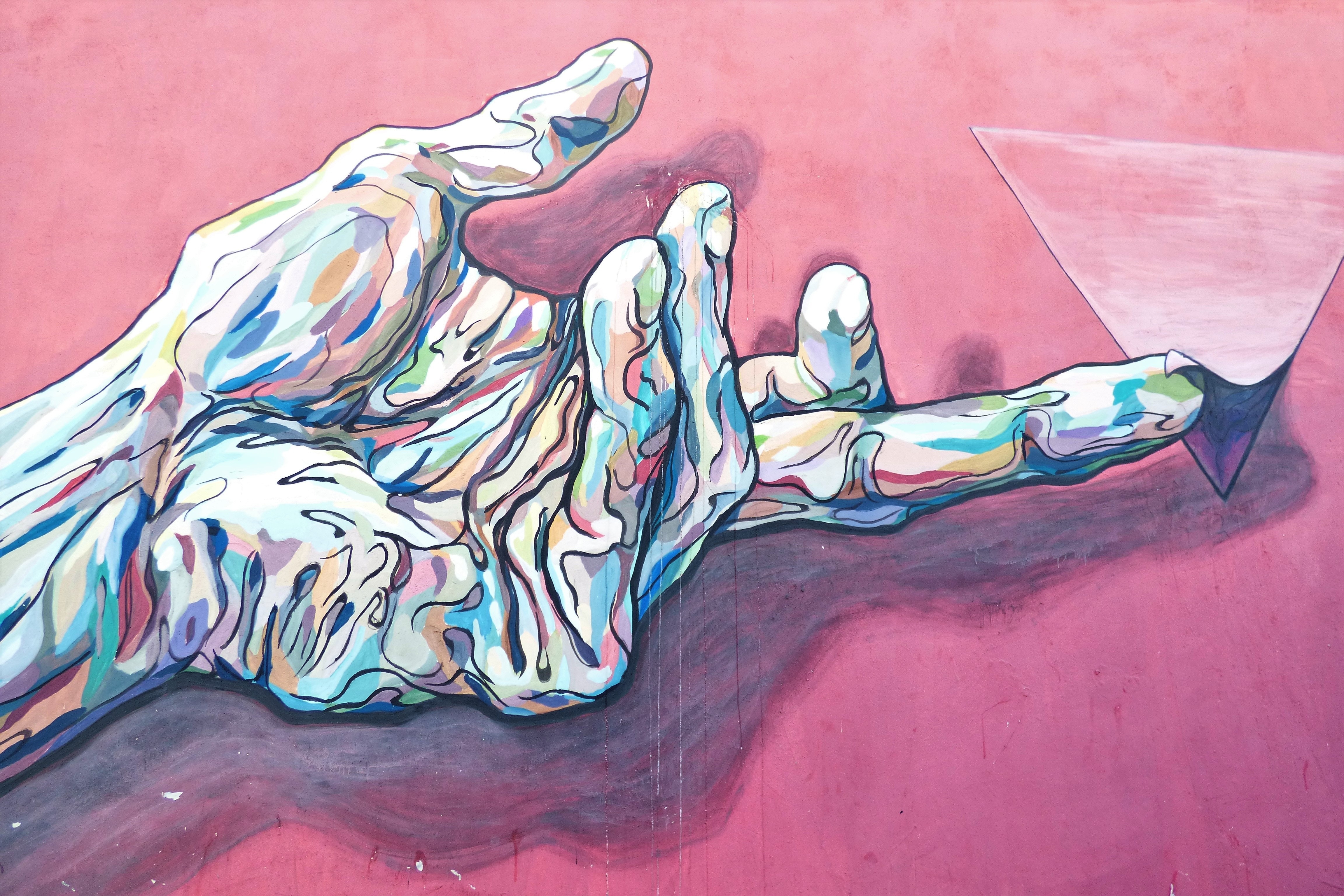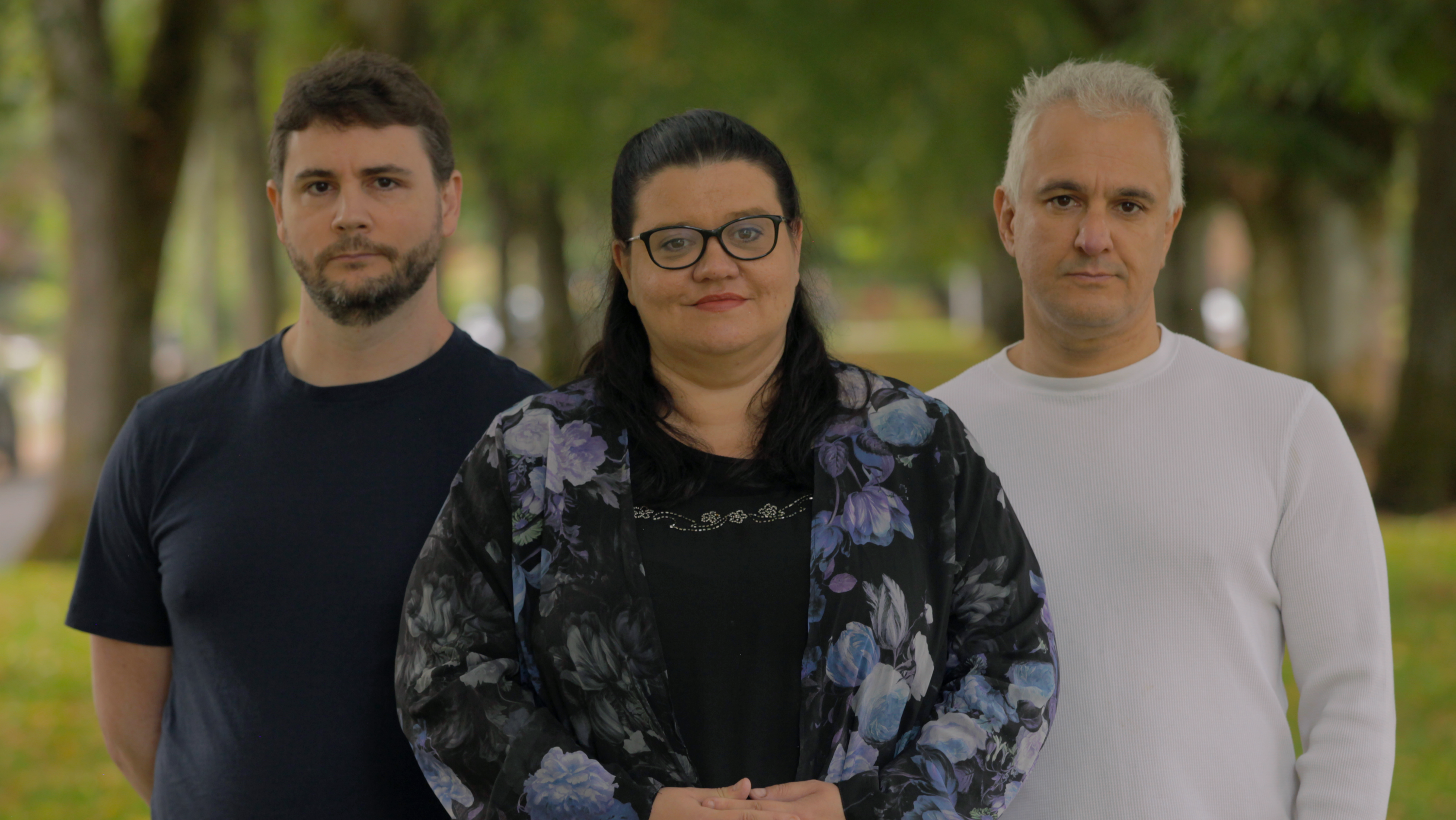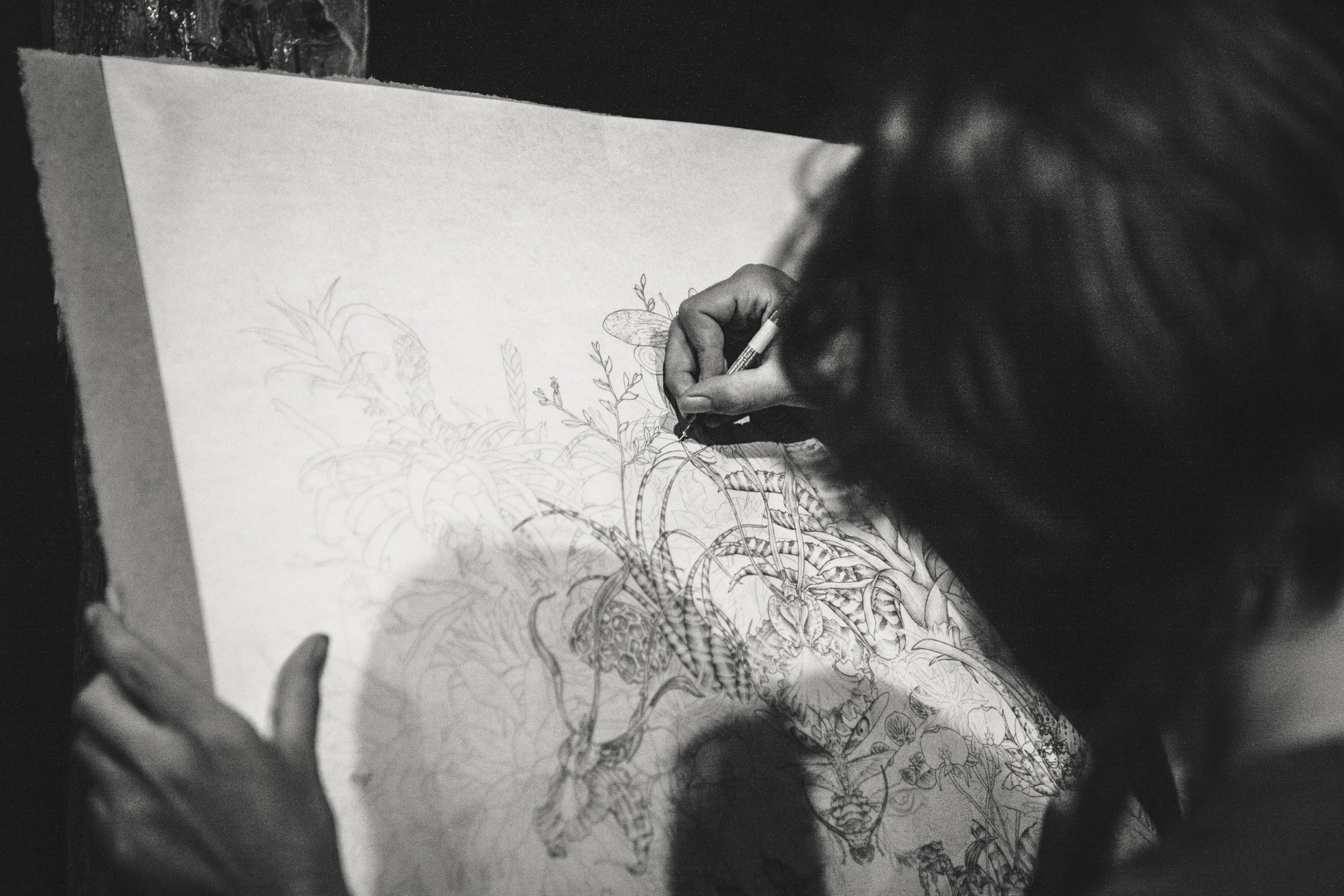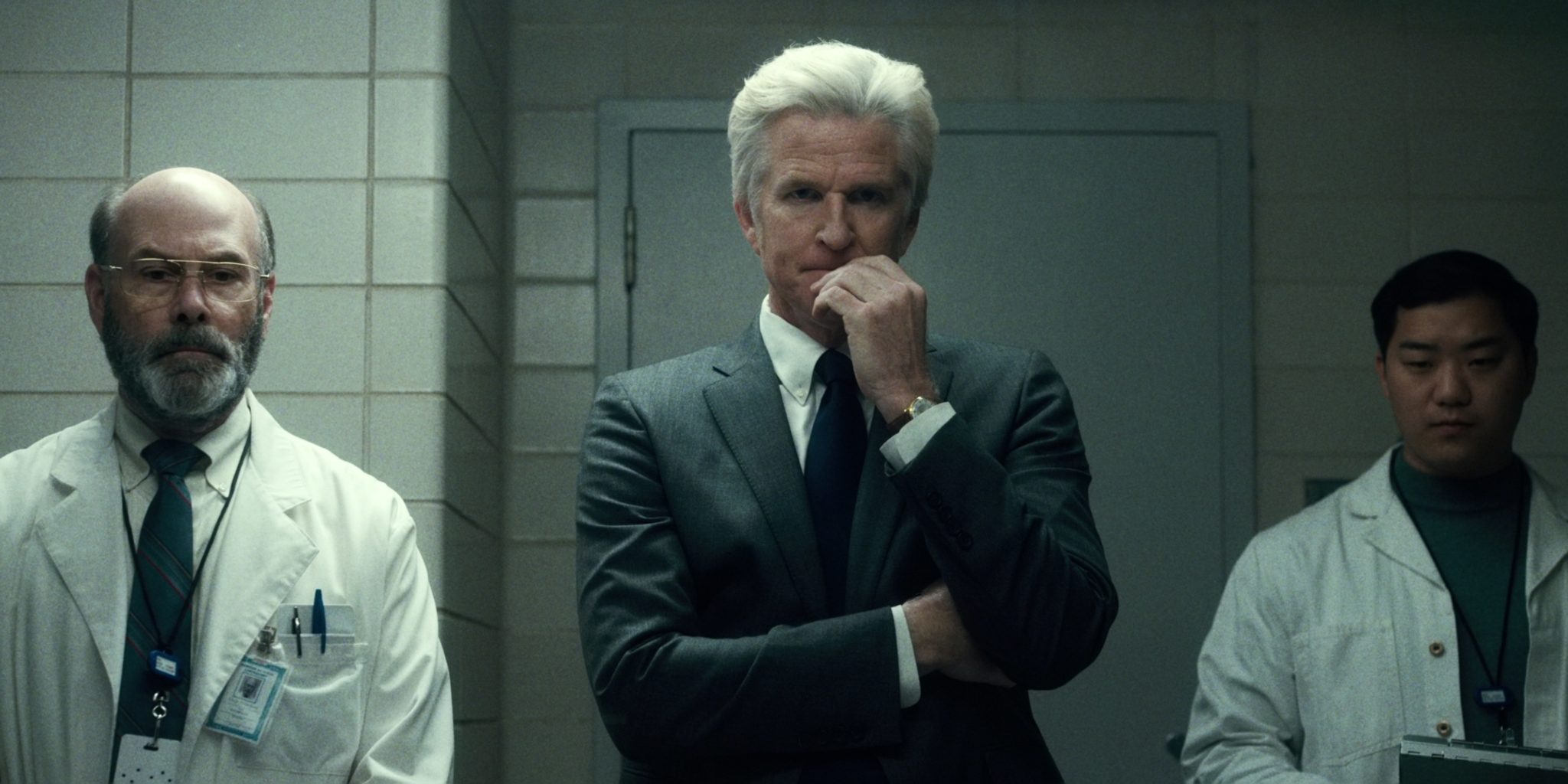science and art
Nikolaas Tinbergen’s concept of “supernormal stimulus” explains why humans are attracted to a heightened version of reality.
Scans show similar activity to what occurs when you think about yourself.
A study from McGill University reveals the secret of musicians who have excellent time.
Google’s Arts & Culture app just added a suite of prehistoric animals and NASA artifacts that are viewable for free with a smartphone.
Researchers observed “inter-brain coherence” (IBC) — a synchronisation in brain activity — between a musician and the audience.
In such states of creative divergent thinking, the body is aroused and the pupils become dilated.
Will Storr has written a masterful guide to writing with “The Science of Storytelling.”
A new study finds that societies use the same acoustic features for the same types of songs, suggesting universal cognitive mechanisms underpinning world music.
In David Epstein’s ‘Range’, dabblers and dillettantes are ascendant.
Empathy is what allows us to understand works of art, right?
Transport yourself to other worlds and states of mind.
A neuroscientist argues that da Vinci shared a disorder with Picasso and Rembrandt.
Carl Sagan liked to smoke weed. His essay on why is fascinating.
Postmodernists like to question the very foundations of our modern society. Does this make them anti-science?
Why cute images are a productivity hack
▸
3 min
—
with
What an academic sting on humanities journals really means to the rest of us. And to academia.
It’s much more than an art form.
Most of us show humility in the face of Nature as we flirt with the unknown.

